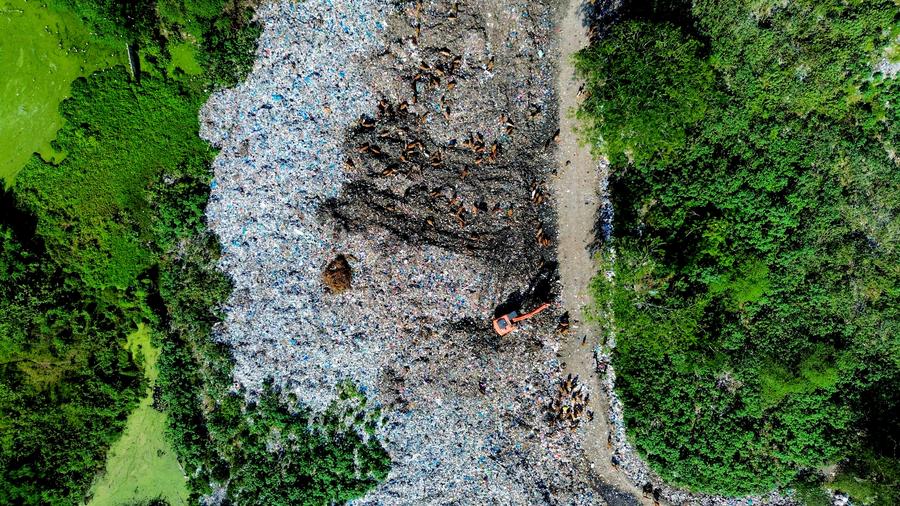The satellite method checks methane from landfills around the world. It finds open dumps that leak more gas and shows ways to reduce these leaks.
![An aerial drone photo shows an excavator at Alue Lim landfill in Lhokseumawe, Aceh province, Indonesia, May 30, 2025. [Photo/Xinhua]](https://www.electronicsforu.com/wp-contents/uploads/2025/08/688afff8a310c26f68947b81-500x281.jpeg)
Methane, a gas with 84 times the warming potential of carbon dioxide over 20 years, is released from solid waste in landfills, now the third largest human-related source. Tracking these emissions has been hard due to the cost and limited reach of ground-based methods. To address this, researchers at the Aerospace Information Research Institute of the Chinese Academy of Sciences developed a satellite-based method. They used five years of satellite data with 30 metre spatial and 10 nanometre spectral resolution to track emissions from 102 landfills across different climates and waste systems. The satellite data was compared with aerial data checked by ground observations, confirming the method’s accuracy.
This method showed that open dumps release 4.8 times more methane than engineered landfills. Compared to the EU’s EDGAR v8.0 database, methane from open landfills was underestimated by a factor of 5.3. The match between satellite and aerial data confirmed that the method is reliable and scalable.
The satellite system gives a wider view than ground-level monitoring and allows emissions tracking across many regions. It provides consistent data, making it possible to compare emission levels across landfill types and countries. By spotting high-emission sites early, the system supports better responses and decisions.
The research also looked at how landfill upgrades could lower emissions. Turning open dumps into engineered landfills and sending organic waste to composting or biodigestion could reduce landfill methane by up to 80%, or around 760 million tonnes of CO₂ equivalent per year.
These results can help governments and agencies take simple steps to cut emissions. Better waste practices also improve sanitation and health. A shared satellite data platform could help countries with fewer tools to manage emissions.
With a reliable, low-cost way to monitor landfill methane and clear ways to cut emissions, countries can act with more confidence. This could help address climate change while also improving waste systems.

